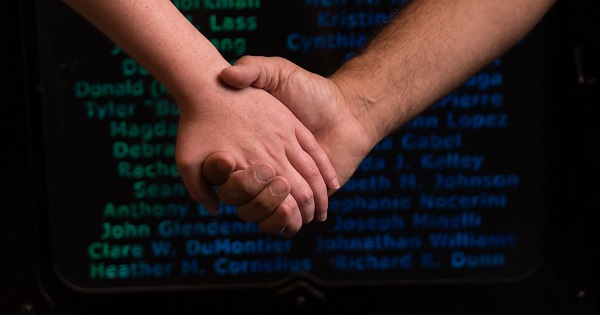Health
Facing the facts of living organ donations

The recent story of Al Muenzenberger, owner of Al’s State Road Pizzeria, who needed a kidney transplant, inspired conversations and questions online regarding living organ donation.
After seeing the desire for more information, WIZM news reached out to Carol Hay with the University of Wisconsin Organ and Tissue Donation. Hay says it is important to share the impact living donations can have.
“If it were more common, we would be able to get 80 percent of the people who are on the waiting list, off the waiting list, because 80 percent of the people on the waiting list are waiting for a kidney,” Hay said.
Volunteers can do a living donation of a kidney or liver tissue.
The stress of needing an organ transplant can be overwhelming, especially if no family or friends are a match. To help people in need, Hay described a Paired Kidney Exchange Program.
“For example, if a wife wants to donate to her husband, but they don’t have a blood and tissue match, she can donate to somebody else that she does match,” Hay said. “Then, her husband qualifies for a kidney from someone else who matches him.”
The current waiting list for an organ transplant has 114,000 people on it nationwide, according to Hay. Every 10 seconds, someone new is added to the list. Each day, 24 people die waiting for an organ.
In total, 8,000 people die each year before they receive the lifesaving gift of an organ transplant.
“It is such a heroic thing for someone to do,” Hay said. “The majority of living donors that I know are very humble about that act that they’ve done when they’ve actually helped save somebody’s life. Even giving to someone that you don’t know can be an amazing act.”
She added that those who donate a kidney receive extensive follow-up care from the transplant center. If, for some reason, a donor’s remaining kidney should fail later in life, that person would receive a higher priority on the national waiting list.
Living transplants, or donations from living donors, tend to have higher success compared to those from someone deceased because they have not experienced trauma or a medical event.
If someone is interested in becoming a living donor, the first step is to approach a local transplant center and fill out a form online. From there, a coordinator helps manage a testing process to see whether or not a person can qualify to be a living donor.
In addition to living donor decisions, Hay said it is important for people to register as an organ, tissue and eye donor with their state registry. Although only 3 percent of deaths qualify for organ donations, it is a decision that could fall on family members if affairs are not in order.
“When your family is faced with, first of all, learning you’re not going to survive this medical event, and then secondly, being told there is a possibility you could be an organ donor because of the way in which you died, if you haven’t made that decision, they have to make that decision on your behalf,” Hay said. “That is a terrible time for a family to have to wrestle with that decision wondering whether or not their loved one would want to do that.”
Registering to be an organ donor is the first-person legal authorization.
Those seeking more information about living kidney donations or experiencing a living kidney donation can find additional information online. There is also an online form for those who want to pursue their interest in becoming a living donor.